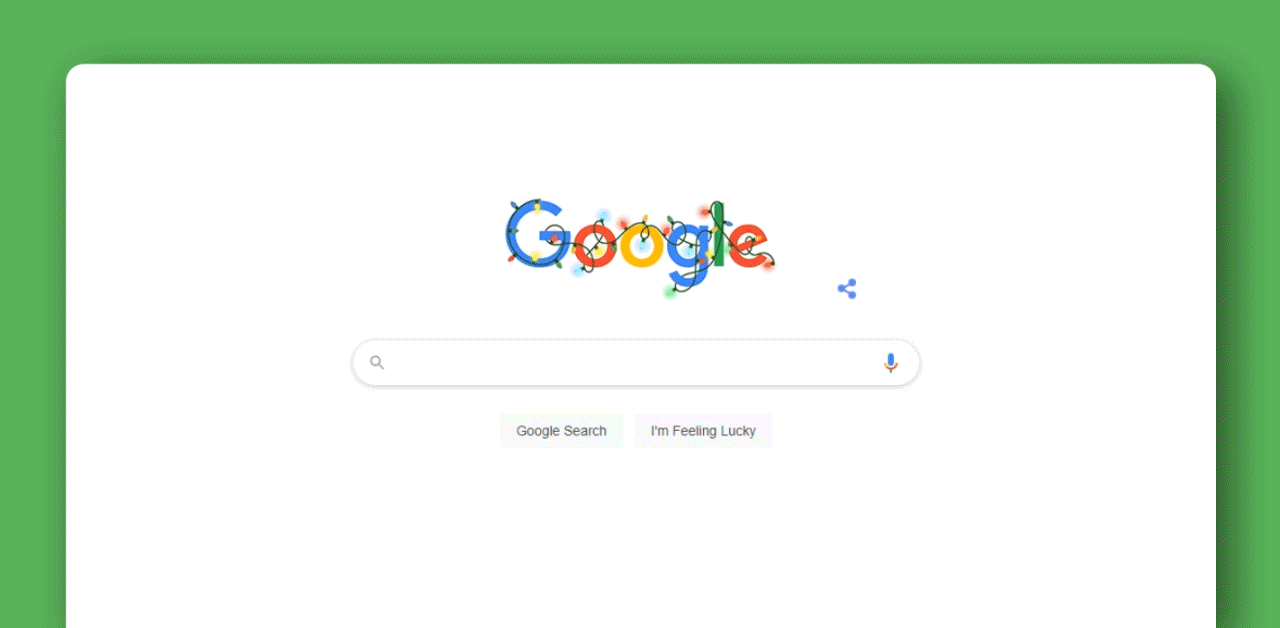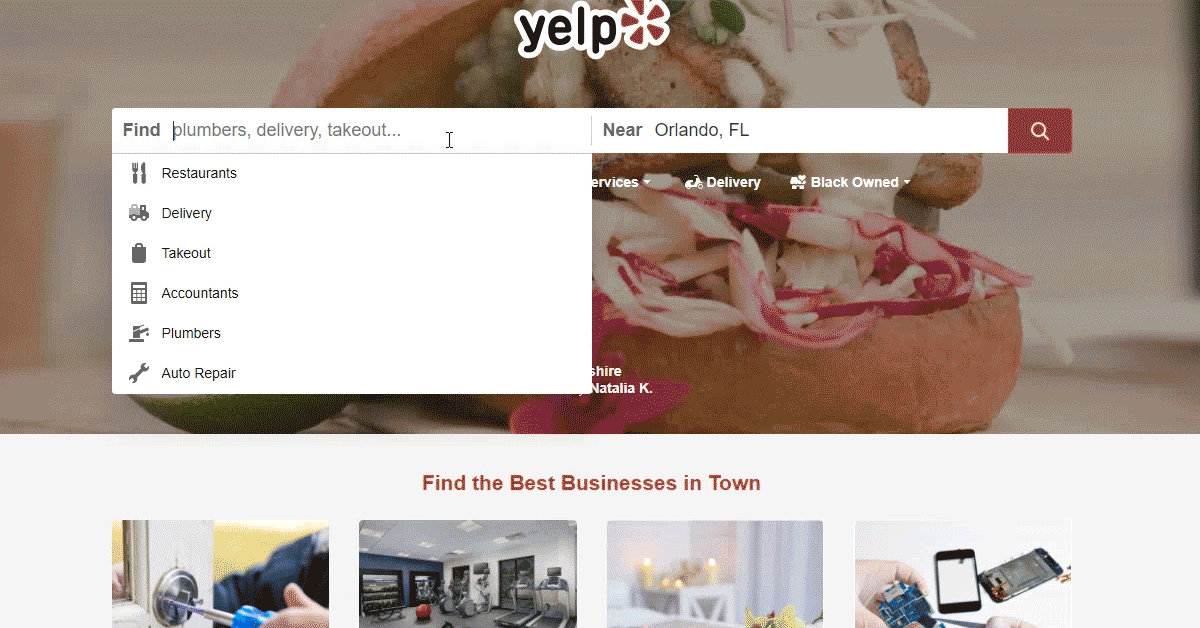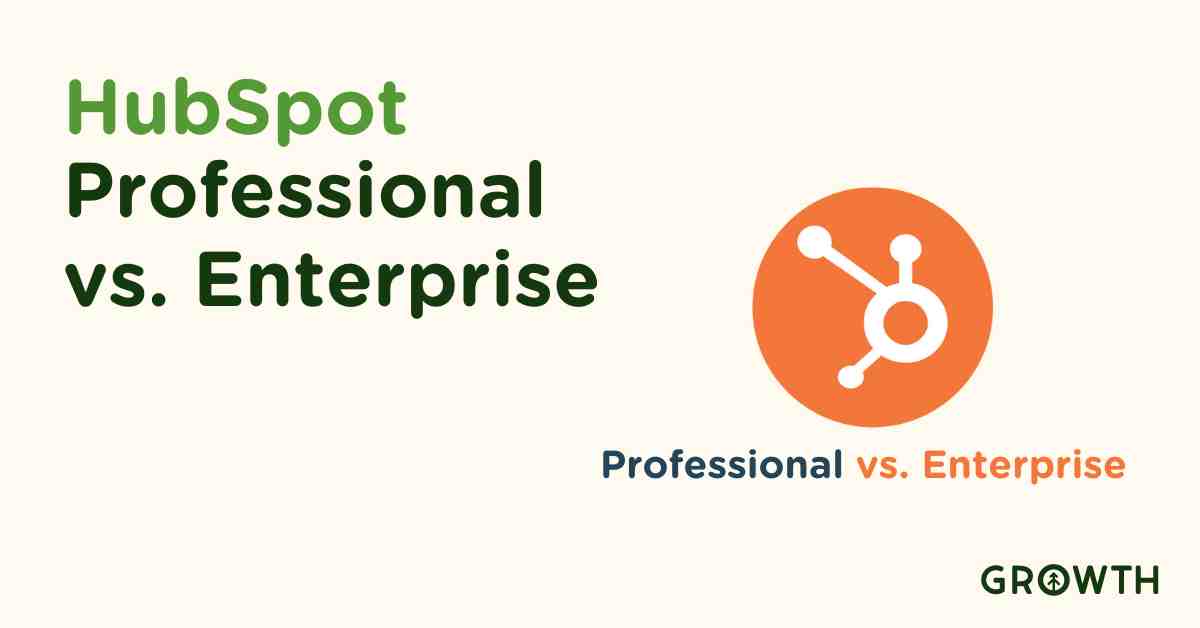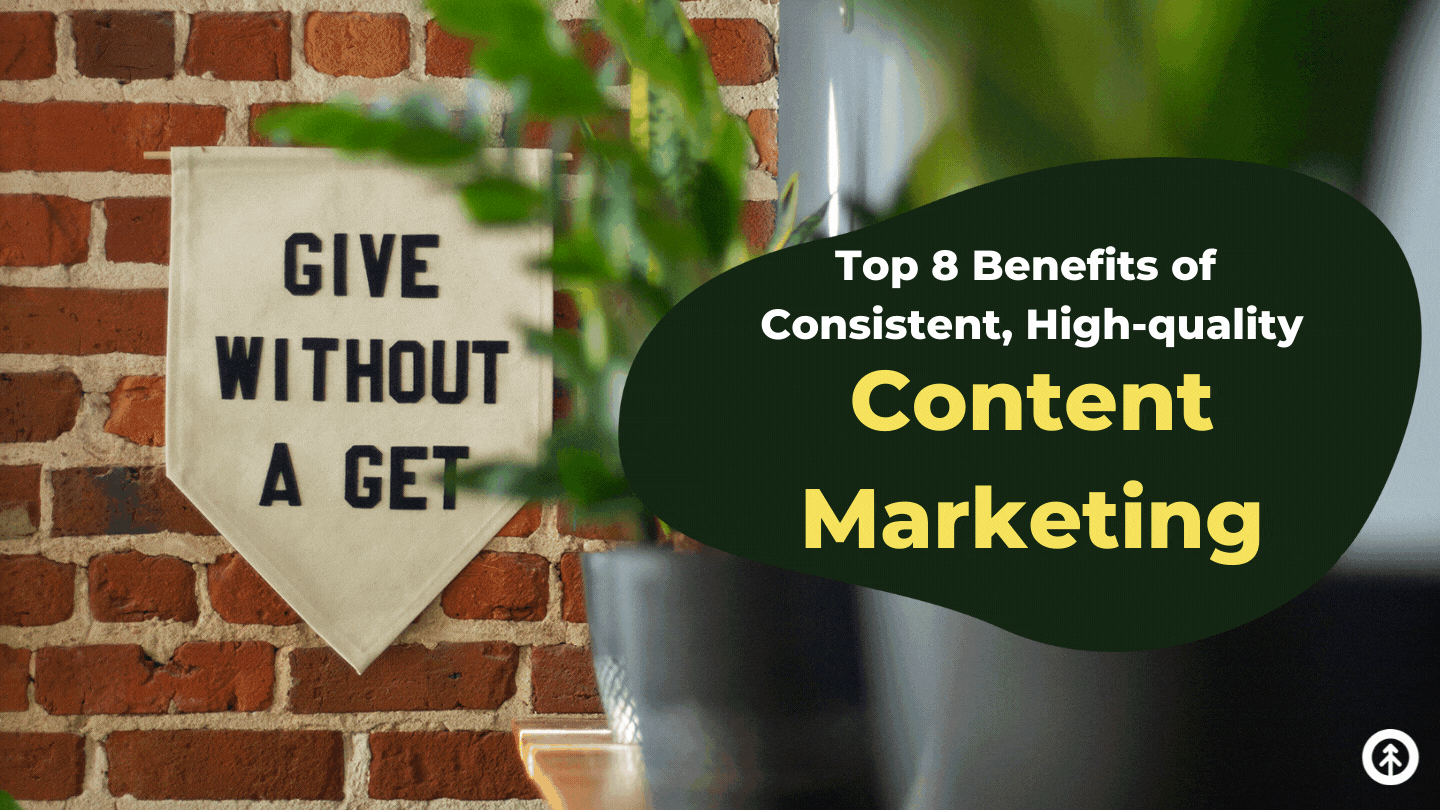The Four Pillars of SEO

last updated April 18, 2022
If you’re looking for what it takes to influence relevance, thought leadership, and drive traffic (and inbound leads) in the digital age, there are four key ways to get there: SEO, SEO, SEO, and more SEO.
Therefore, understanding what SEO really is, and why it's THE online marketing strategy since Google began in 1998, is the keystone for building a strong and successful website that drives revenue for your business.
So, we’ve broken down the four main pillars of SEO to show you how simple this strategy really is so you can begin to earn the authority, trust, and success your website (and your business) deserves.
The 4 Pillars of SEO
The four key areas of SEO that site owners need to consider are:

- Technical SEO – the behind-the-scenes tech that optimizes your site.
- Content – how what you present on your site drives traffic + algorithms.
- On-site SEO – the secret sauce that’s hidden in plain sight on your site.
- Off-site SEO – don’t just wait for Google to do it all, share your site to give it its best shot.
These four pillars overlap often, but using this concept to understand your website’s strengths and weaknesses is the key to your SEO efforts and overall strategy.
Technical SEO
In order for Google to show your web pages in the search results of your prospects, it first needs to find, crawl and index those pages.
Here are the behind-the-scenes elements that drive the performance and crawlability of your site:
- Website Speed - Pages absolutely must load quickly to keep your visitors happy and on your site. Google gauges this and presents sites that are most helpful to visitors first.
- Mobile Friendliness - Since most users are now on mobile devices, Google uses “mobile-first” indexing, so your website should always be built with this in mind. HubSpot CMS always allows easy previews of your website content on desktop, tablet, and mobile devices.
- Site Architecture - Google needs to understand the relative priority of pages on your website and how your site fits together, so it should be built to make good organizational sense.
- Readable URLs - Creating short, readable URLs that contain your target keywords so Google can better connect users with relevant content.
Depending on the type of site you have, you may need to structure things differently, but in general, you’ll want to break down your site into topics that are most relevant to your business and make it easy to navigate between them.
Content
When you have technical SEO in place, Google can find and index your web pages. Super!
But, for Google (and thus, your prospects) to find them, you still have to have content in your web pages that is:
They don’t say content is king for grins, after all. It truly is the undisputed ruler of the digital space.
Your website copy should tell prospects:
- what your business does (your value proposition is paramount here).
- how you do it/make it better than your competitors
- who you do it for, and
- why they should hire your business or buy your product.
Here are some factors to keep in mind:
- Quality – Create well-written, engaging, branded content that provides visitors with the exact valuable information they need.
- Unique – Avoid duplicating content from elsewhere on your site OR elsewhere on the internet. Content duplication negatively affects SERPs (Search Engine Ranking Page).
- Keywords – Where content is concerned–front-facing copy on your site–keywords should just be considered content topics. Include the phrases that reflect what your business does or sells in every piece of content you create. But, avoid stuffing. The keywords should always make sense within your content.
- Frequency – One thing that remains consistent in SEO is that Google loves fresh, new content. The easiest way to create that is to schedule new blog content often and with consistency.
- Style – Depending on the topic of the page, integrate a meaningful combination of copy, images, video to ensure your pages are dynamic and visually appealing.
- Relevancy – Make sure your website content matches your offerings. The more relevant your content is to a visitor’s query, the more likely your web page will land on the first page of a Google search for your business (the holy grail).
Pro Tip: In blog content, use an inbound philosophy. If you give the information that your prospects need in your blog content–if your intention is to “give without a get” as opposed to just talking about your business–prospects will find you, appreciate you, and become not just your customer, but an evangelist of your business, i.e. tell everyone they know about you. Go for it!
On-Site SEO
Your website should be optimized overall and page-by-page—and you’ll want to start with a well-structured content index for your site.
Focus on these areas in order to optimize the on-site SEO of your website:
- Keyword research – Know which keywords will help your web pages rank highest with SERPs. Use Google Keyword Planner (for free!) to perform keyword research and use the results to create copy, video, and imagery in relation to those words.
- Descriptive URLs – Ensure each URL is simple and descriptive.
- Page titles – Include your main keyword in the title, and make sure it’s interesting and eye-catching.
- Meta descriptions – Craft tight meta descriptions like they were ad copy to drive clicks.
- Content optimization – Make sure that everything you write is targeted toward humans (specifically your ideal customers) and makes sense to humans.
- User experience (UX) – Design is crucial to SEO. Your website should be easy to browse, and links should be visible, intuitive, and accessible.
- Strong CTA – Calls-to-Action (CTA) statements make it easy for your users to know what to do next. Use effective strategies and techniques to ensure users will take meaningful action (connect with you/buy from you) while on your website.
- Internal links – The more you can link back to content on your own website that offers even more value than what you’re already presenting, the more Google’s bots crawl your site (but also, it gives your visitors more of what they need).
Pro Tip: Just make sure every link is valuable and relevant in context to everything around it. For instance, every link you see in this article (with one exception) links to one of our blogs or website pages so that readers get more information if they need it. And it’s mana for the Google gods, too.
Off-Site SEO
Eventually, all SEO seeds bloom to this one spot: thought leadership. Building it requires you to do some off-site work to make sure people know you’re out there.
Think of it as priming the Google pump.
Any scalable, thought leadership building strategy should be built with:
- Backlinks - These links are valuable because of their ability to pass authority (ranking power) from one website to another. It’s meant to represent a “vote of confidence” to Google. It’s not the main game like it used to be, but it’s still important as long as it’s relevant to your site. (In other words, don’t backlink randomly just to have a backlink).
- Local SEO - Profiles such as Google My Business are effective ways to promote your company’s services or products online to local customers when and where they’re looking for them. Creating ad campaigns drive traffic to your site as well.
- Social Media - Streamline your social media to build a responsive presence there so you can more effectively share the content from your website there. The more your content is shared on social networks, the better your position in the SERP. Google likes “likes” like everyone else.
Putting It All Together
These pillars are just the tip of the SEO iceberg, but they feature basic, key elements of SEO to help you increase authority, relevance, and trust.
In the end, Google notices when you’re a good steward of your website. That is, you take care to ensure that your website is responsive (and responsible) to the needs of your particular buyer on their journey toward your business.
At Growth, we’ve created successful search strategies (and websites!) for local, national, and global business aiming to drive revenue. Whether your team needs expert support, or you need an external team to build, optimize, and/or grow your site, we have the skills and experience you need.
So, let’s get to work! Set up a meeting with us, and let us show you how we can provide the right SEO services for your specific business.
Already have a website you want to check up on? Our website grader knows all–and can tell you how well that 24/7 sales team (your website, right?!) is doing its job.
Explore More Insights: Related Blog Posts
-
 Inbound MarketingSep 14, 2021
Inbound MarketingSep 14, 2021 Growth Marketing Firm
Growth Marketing FirmSEO Strategy: Optimizing Your Keywords
(Last updated September 23, 2022) Your prospects type specific words in a Google search when they're looking...
-
 Inbound MarketingDec 18, 2020
Inbound MarketingDec 18, 2020 Ashley Lilly
Ashley LillyAre you Utilizing Google My Business to its Full Potential?
There are so many ways to increase awareness for your brand, business, or company. But when it comes to your...
-
 Inbound MarketingApr 13, 2021
Inbound MarketingApr 13, 2021 Ashley Lilly
Ashley LillyIs Your Business on Yelp?
Did you know Yelp averages more than 178 million unique visitors every month across its mobile, desktop, and...
-
 Sales EnablementMar 25, 2020
Sales EnablementMar 25, 2020 Growth Marketing Firm
Growth Marketing FirmDon’t Quarantine Your Marketing – Let Your Business Bloom
Don’t quarantine your marketing because pressing pause on your business is not an option. The coronavirus has...
-
 CRMFeb 28, 2024Rick Barcellos
CRMFeb 28, 2024Rick BarcellosHubSpot Professional vs. Enterprise: Empowering Your Business Growth
In today's fast-paced digital environment, selecting the right CRM platform can significantly impact your...
-
 Inbound MarketingSep 16, 2021
Inbound MarketingSep 16, 2021 Growth Marketing Firm
Growth Marketing FirmHow to Define & Write a Business Value Proposition
(last updated April 6, 2022) A value proposition is one of the most important sentences you'll ever write for...
-
 Inbound MarketingDec 15, 2020
Inbound MarketingDec 15, 2020 Ashley Lilly
Ashley LillyEngaging Content: How It Brings Value to Your Business
(last updated May 4, 2022) If you’ve been asking yourself if engaging content is valuable for your business,...
-
 HubSpotSep 27, 2021
HubSpotSep 27, 2021 Growth Marketing Firm
Growth Marketing FirmBreaking Down Data Silos to Unlock Business Growth
(Updated April 5, 2022) The most successful companies use data to inform their business decisions. Metrics...
-
 Inbound MarketingDec 2, 2021
Inbound MarketingDec 2, 2021 Growth Marketing Firm
Growth Marketing FirmTop 8 Benefits of High-Quality, Consistent Content Marketing
Content marketing is a long game, but well worth the effort because it's by far one of the most effective...

